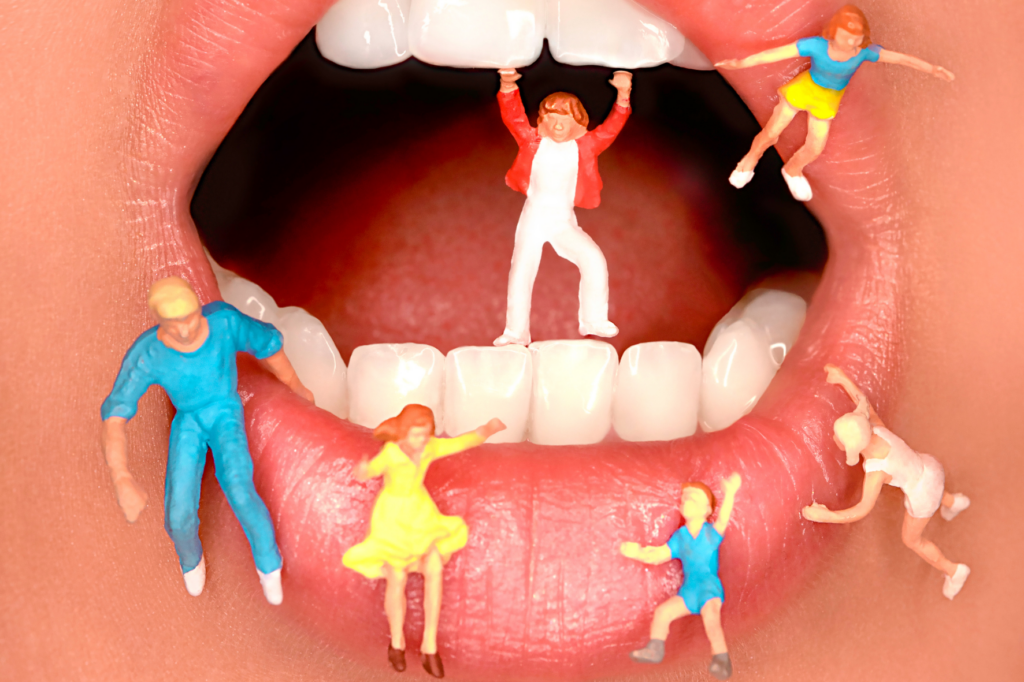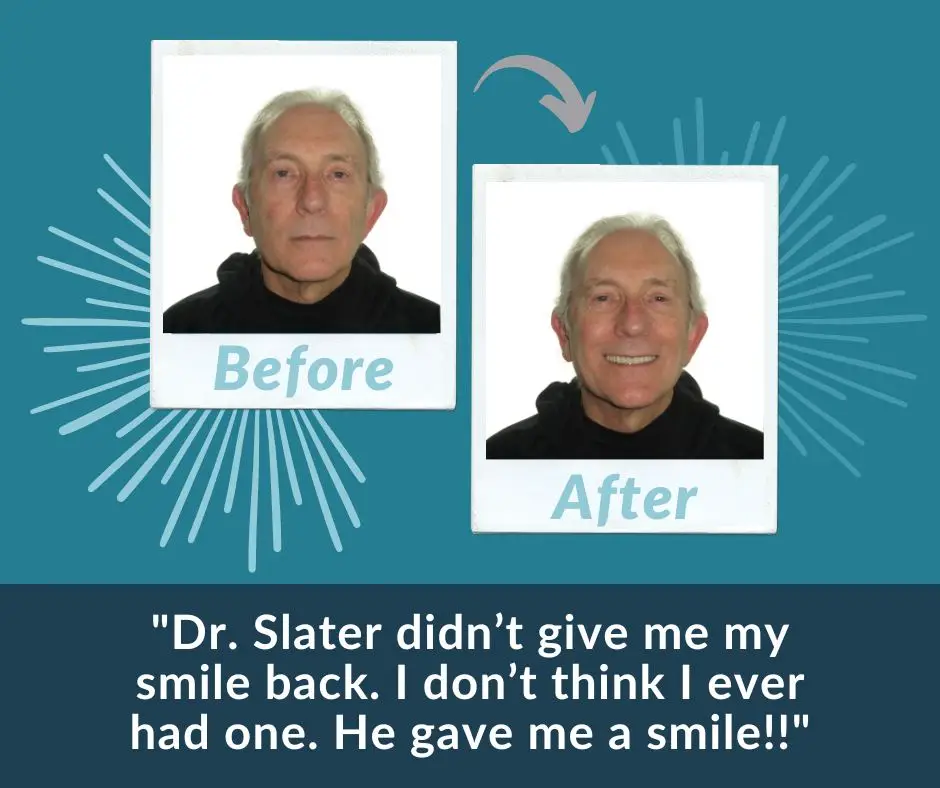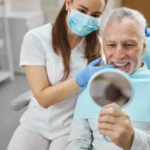The doctors at Slater Family Dental remain committed to protecting the oral health of their patients. However, for patients to enjoy quality oral health they must understand the importance of brushing and flossing daily. Along with scheduling regular checkups to see Aloha OR dentists Dr. Slater and Dr. Thompson. A lot of misinformation goes around about what lives in your mouth. Knowing how to separate fact from fiction can go a long way to ensuring the health of your teeth and gums.
Your Mouth
The average human’s mouth contains more bacteria than the entire world’s population. Of the billions of bacteria living in your mouth, scientists have identified over 700 different species of mouth-dwelling microbes. Despite the high number of incredibly diverse bacteria living in your mouth, a human’s mouth is still cleaner than that of a dog’s. Regardless of what you might have heard before. In fact, both dogs and cats can carry over 100 different types of germs in their saliva that can make humans sick. Something to keep in mind next time your furry friend wants to give you a few slobbery kisses.
Of course, what you put into your mouth can also contribute to the number of germs it contains. To reduce the number of harmful bacteria that enter your system through the mouth, you should only eat clean food that hasn’t become contaminated. While this sounds like common sense, anyone who’s ever adhered to the “five-second rule.” This has inadvertently placed foreign germs and bacteria into their mouths. As soon as food hits the floor, it begins to pick up germs. A few seconds on the ground gives fewer germs a chance to hop a ride than say a few days, but either way, you’re better off just throwing that item away and eating something else.
A Kiss is Just a Kiss
While you certainly have control over what you place in your own mouth. You can’t say the same for others. Whether you’re sharing an intimate moment with another. Or just sharing utensils or toothbrushes. The tooth-decaying bacteria known as plaque can easily transfer itself from one mouth to the next.
Plaque is a sticky bacteria that create an acid. This acid eats away at your teeth’s enamel each time you consume sugar. Brushing and flossing daily helps to remove plaque from your mouth, but people who neglect their oral care habits can begin to buildup excess plaque in their mouths. Given enough time, damage from plaque can lead to tooth decay and periodontal disease. However, while plaque is transferable through the exchange of saliva, periodontal disease is not. Periodontal disease forms in unhealthy mouths over an extended period of time. Unlike a cold, the disease can’t be “caught” from someone else.

In addition to transferring plaque, any item that enters or comes near a person’s mouth can transfer potentially dangerous microbes. Multiple studies have shown that germs can linger on such items as lip balm, and drinking glasses. In addition band instruments, lipstick, and many other types of shared items. If possible, always thoroughly wash off any shared item prior to placing the object into your mouth. Also, you should never share a toothbrush. The Centers for Disease Control and Prevention warns that people who share toothbrushes are at an increased risk for developing infections.
The Right Tool for the Job
As we have already covered, your toothbrush plays an important role in keeping your teeth and gums healthy. Because it removes the harmful plaque. To keep your toothbrush from picking up any potentially harmful bacteria, make sure you let it air dry in an open area. Following each time you brush. Placing your brush in a container while still wet provides bacteria the perfect opportunity to grow. No evidence suggests that soaking your brush in an antibacterial mouth rinse or sanitizer will have any positive effect on keeping your brush clean, according to the American Dental Association.
Your toothbrush, like any tool, will eventually wear out, so the ADA also recommends that you replace your brush every three to four months, or sooner if you notice the bristles have begun to fray.




